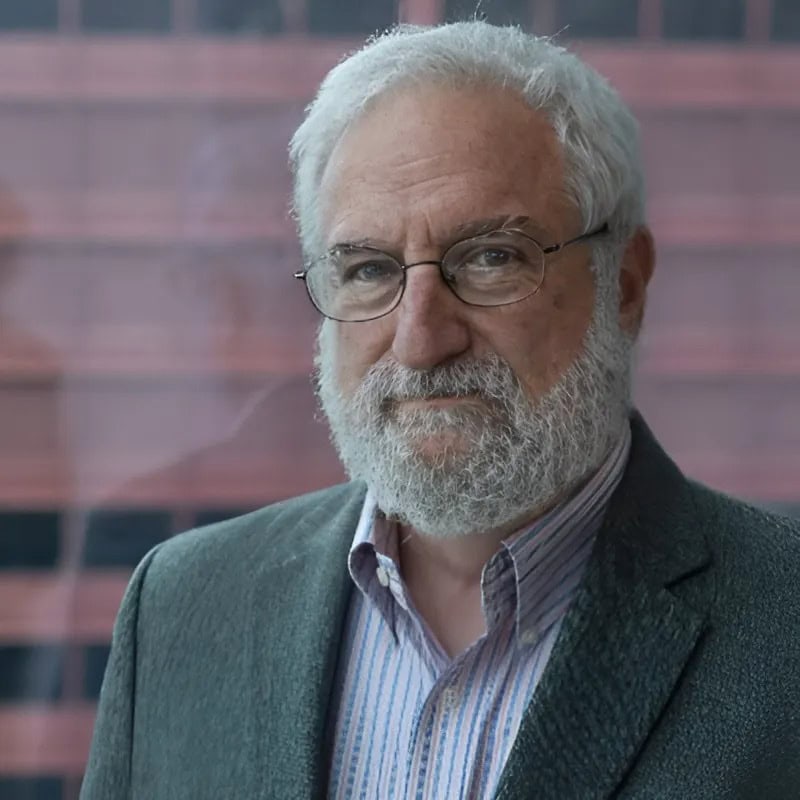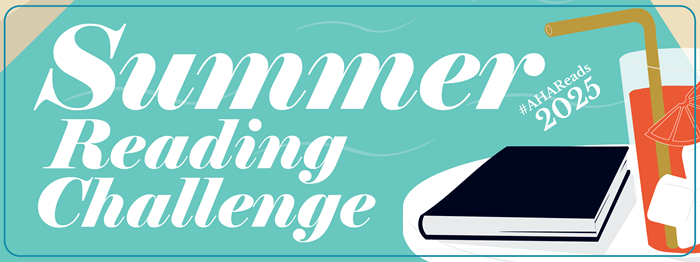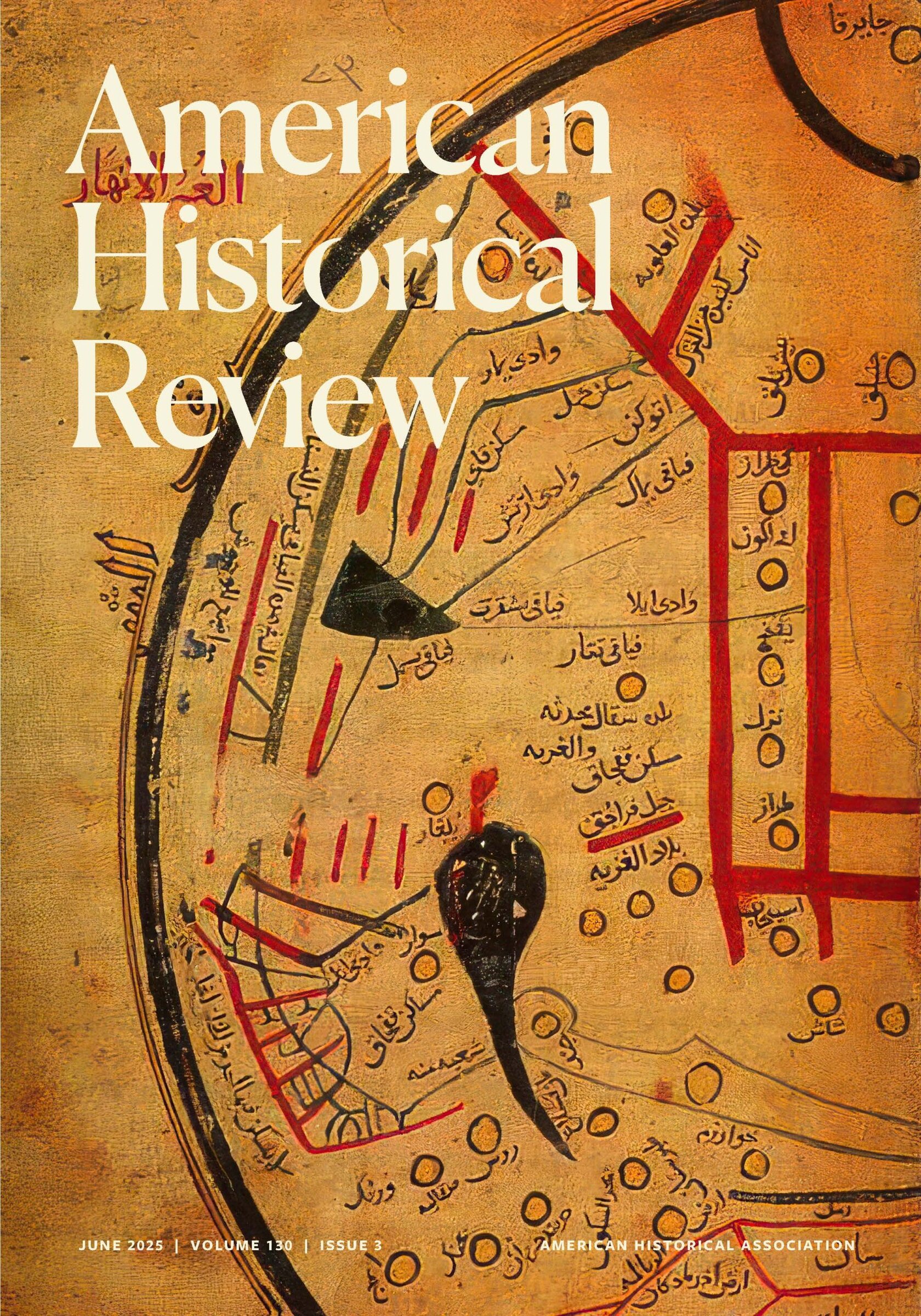On behalf of the Nominating Committee, I am pleased to report the results of the 1995 election for AHA offices. (Elected candidates are indicated by an asterisk.)
Total Ballots Processed: 2,816
President (one-year term)
*Caroline Walker Bynum, Columbia Univ. (social, religious, and intellectual history of antique and medieval Europe; women’s history): 2,179
President-elect (one-year term)
*Joyce Appleby, Univ. of California at Los Angeles (intellectual and economic history of early modem England, intellectual and political history of colonial America and the revolutionary era of the United States): 1,542
William H. Chafe, Duke Univ. (women’s history, 20th-century social and political history): 1,143
Vice President, Professional Division (three-year term)
Joseph C. Miller, Univ. of Virginia (Africa, slavery and slave trade, social and social and economic history): 1,073
*Carla Rahn Phillips, Univ. of Minnesota (early modern Europe, social and economic history, Spain): 1,345
Council Members (three-year terms)
Place 1
*Douglas Greenberg, Chicago Historical Society (early America, American legal, social and cultural history, urban and public history): 1,431
Clara Sue Kidwell, Univ. of Oklahoma (American Indian history in the Southeast): 964
Place 2
*Cheryl E. Martin, Univ. of Texas at El Paso (Latin America, colonial Mexico, borderlands): 1,107
Susan E. Ramirez, De Paul Univ. (colonial Latin America, ethnohistory): 1,078
Division Members
Professional (three-year term)
*Gail L, Savage, St. Mary’s Coll. of Maryland (modem Britain, social and cultural history): 1,214
Joan G. Zimmerman, John F. Kennedy Assassination Records Review Board (U.S. legal history, constitutional and social history): 926
Research
Place 1 (three-year term)
*Jacqueline Jones, Brandeis Univ. (American social history): 1,349
Theda Perdue, Univ. of Kentucky (U.S. South, Native American history): 959
Place 2 (one-year term)
*Robert C. Ritchie, Huntington Library (early America, early modern England): 1,613
John Y. Simon, Papers of Ulysses S. Grant (19th-century U.S. history, political history): 644
Teaching (three-year terms)
Gerald A. Danzer, Univ. of Illinois at Chicago (historical geography, state and local history, teaching of history): 1,018
*Teofilo F. Ruiz, Brooklyn Coll., City Univ. of New York (medieval history, Spain): 1,257
Committee on Committees (three-year terms)
John Mason Hart, Univ. of Houston (Mexico; Mexican Revolution; U.S.-Mexican relations; social, economic, and cultural history): 1,002
*Eric Van Young, Univ. of California at San Diego (colonial Latin America, Mexico): 1,100
Nominating Committee (three-year terms)
Place 1
*Lillie Johnson Edwards, Drew Univ. (African American social and intellectual history, antebellum South, colonial Africa, American studies): 1,142
Stephanie Shaw, Ohio State Univ. (American social history, African American history, women’s history): 919
Place 2
John H. van Engen, Univ. of Notre Dame (cultural and religious history of late antique and medieval Europe): 1,151
*Merry E. Wiesner-Hanks, Univ. of Wisconsin at Milwaukee (Renaissance, Reformation, early modem history, Christianity, women and gender): 1,182
Place 3
*Mary Elizabeth Berry, Univ. of California at Berkeley (medieval history, early modern Japan, political and cultural history): 1,252
Ross E. Dunn, San Diego State Univ. (Africa, North Africa, Islam, world): 1,137
The total number of ballots cast was 2,816, which is 826 fewer than in 1994. Fifty four ballots arrived after the November 1 deadline and could not be counted. Survey and Ballot Systems, Inc., of Eden Prairie, Minnesota, scanned the ballots and tabulated the results. Only eight ballots needed to be counted by hand. Some voters registered their opinions about the candidates, and the committee will review these criticisms and comments at its next meeting in February 1996.
The Nominating Committee met in Washington, D.C., from Thursday, February 23 through February 25, 1995, to produce a slate of candidates for AHA elected offices. The committee began with a discussion of its tradition of not duplicating institutions already represented on elected committees. It has occurred to many of us that this imperative, rooted most likely in an era when there was a great danger of a few institutions dominating AHA committees, has in recent years hindered the committee’s quest to present a slate that is diversified in other ways (especially by race, gender, and fields of specialization). At the same time, we were reluctant to abandon a policy that has clear benefits in terms of maximizing the participation of as many institutions as possible in the AHA. In this vein, we decided that we would be willing to stray from this tradition only in the case of the presidency—and even then only if it seemed absolutely necessary.
We also discussed a suggestion that arose last year to include in the candidate biography booklet a list of all the current members of each division and committee with their affiliations and fields so that the membership would have a better sense of the existing representation on each. AHA staff reported that this had not been implemented due to technical problems in printing the booklet but that the list would be included in the 1995 booklet.
After a discussion of our continuing commitment to the imperative of creating a diverse slate, the committee moved on to nominations, beginning with president elect. As usual, we sought to produce a slate that would provide as balanced a race as possible for each position.
Upon completion of the nomination process, we moved on to a consideration of our deliberations with an eye toward recommendations to both the Council and next year’s committee. We agreed that the expanding categories of diversity rendered it increasingly difficult to address all constituencies as much as we would like to. The diversity in type of institution alone ranges from research university granting the Ph.D., to nonresearch four-year state institution, liberal arts college, community college, secondary school, historically black college and nonteaching institution. Our difficulty in this regard proved especially relevant to the Teaching Division and the Council. The Teaching Division, in particular, might be expanded if the AHA is to recognize the vast array of sites at which teaching takes place. Currently the division includes teachers at secondary schools and two-year colleges. We nominated historians who have been involved in curricular work and/or who “teach teachers.” This leaves out not only liberal arts colleges, but also museums and historic sites.
A continuing impediment to the construction of a slate of candidates is the distressing number of people whose names were introduced who were not members. The wider the Nominating Committee casts its net, especially in terms of field of specialization, it seems the more likely we are to run into this obstacle. We urge the Association to consider strategies for broadening its membership beyond U.S. and European fields. This apparently has already been successful with regard to historians of Latin America.
An important resource in the identification of candidates continues to be nominations from the Association’s membership. Recognizing the limitations caused by printing and mailing costs, we recommend that the plea for nominations that appears in the annual ballot be accompanied by a full listing of the open positions, and if possible, a listing of the continuing members of each elected committee. This would provide members with a sense of what each committee’s needs might be in the coming year. In addition, we encourage an explicit reference in the solicitation of nominations that appears in Perspectives to the fact that elected positions are open to members at any stage of their careers, from ABD through emeritus, and to members who operate in all conceivable settings in which a historian might function.
These recommendations—and our nominations—reflect the Nominating Committee’s understanding of its obligation to generate a slate of colleagues who will speak both to and for the historical profession on a broad variety of issues, many of them quite complex and controversial. The candidates’ biographical portraits, which constitute much of the election booklet, constitute something of a statement about leadership in the organization and in the profession.
The committee wishes to express its deepest appreciation for the role played Sharon K. Tune, assistant director for administration, in our deliberations. Before meeting began she set the proper tone with her usual high degree of organization and efficiency in preparing materials and making arrangements. Her professionalism, coupled with warmth and humor, is the bedrock continuity that is so important to this committee. We probably could have done the job without her—but it would have taken longer, been more difficult, and probably been less enjoyable.
I also wish to thank the other eight members of the committee, and the individuals with whom I served over the past three years. I am especially grateful to previous committee chairs Jere Bacharach (Univ. of Washington) and Nancy Hewitt (Duke Univ.), whose tact, diplomacy, and graciousness set a high standard.



